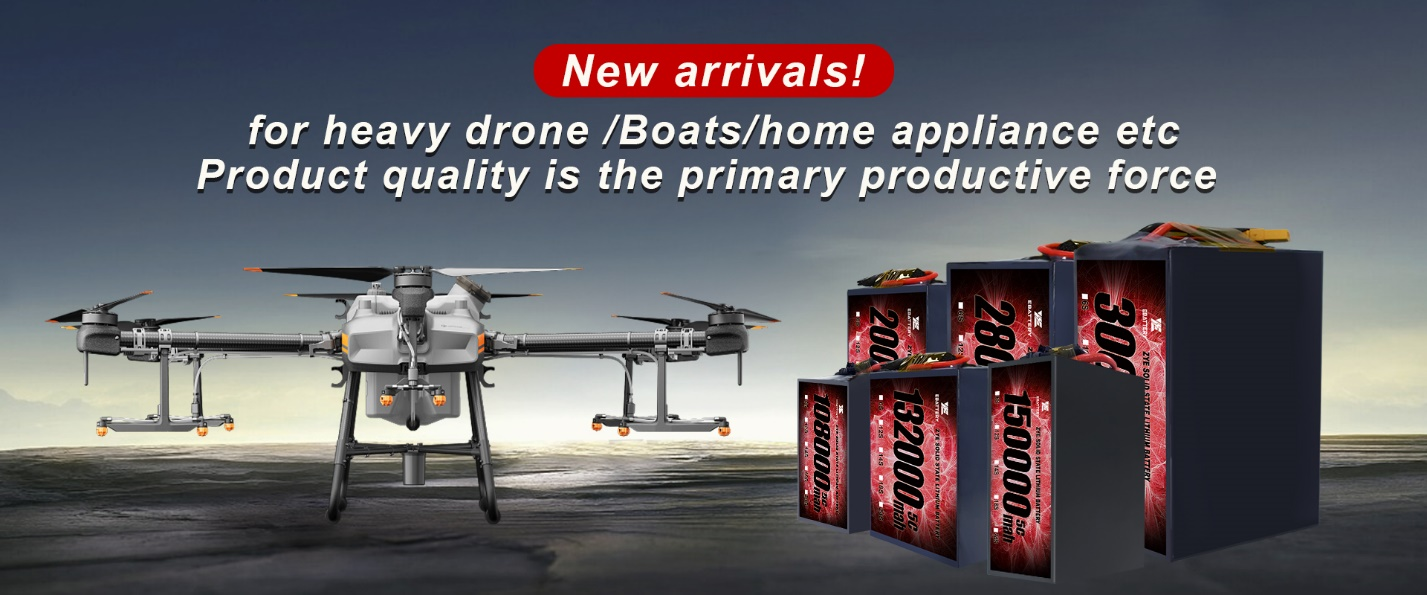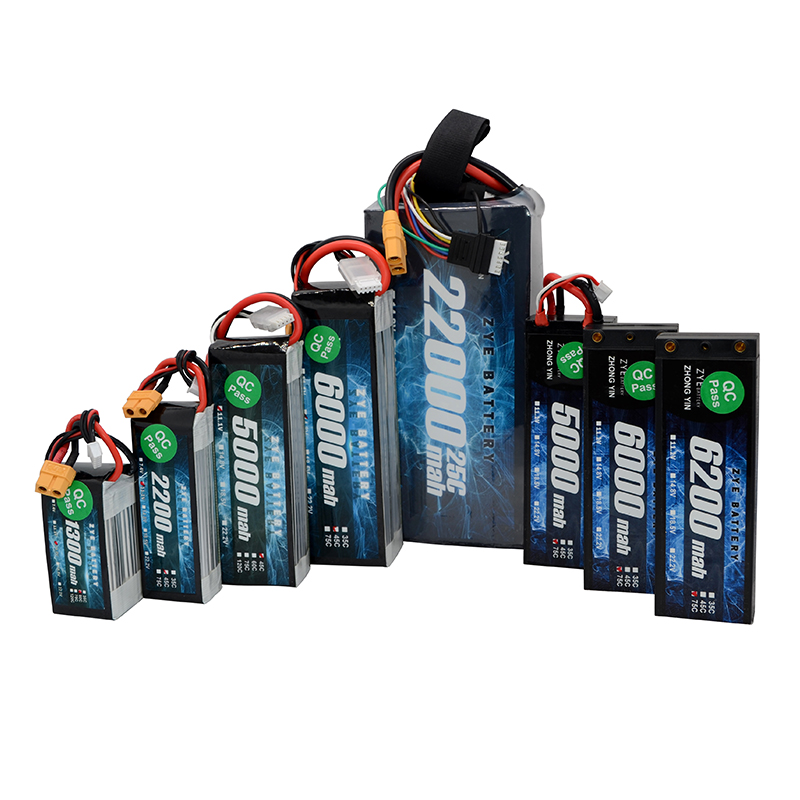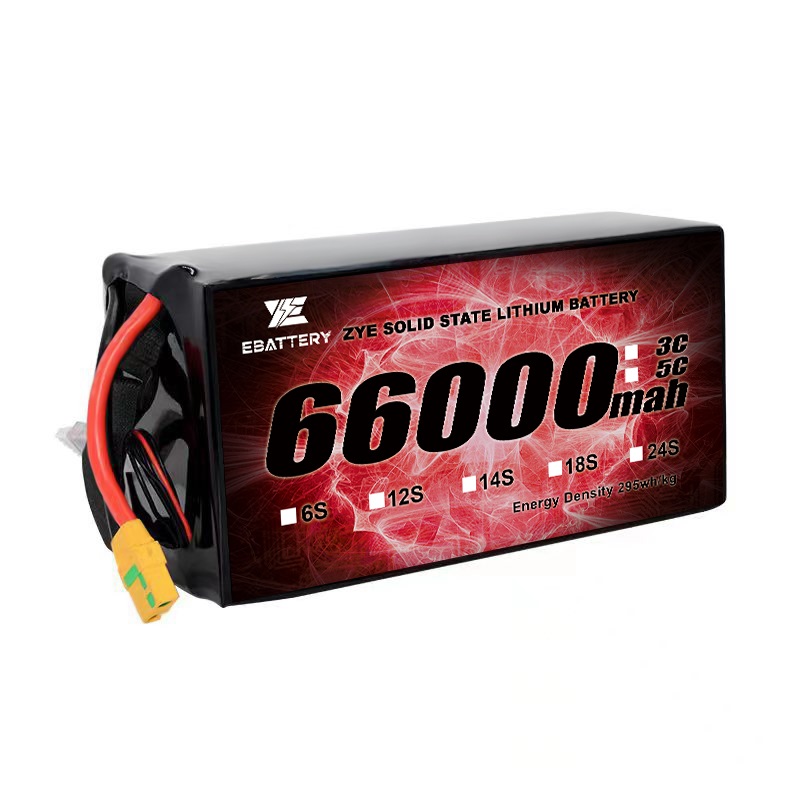How Solid-State Batteries Will Transform the Drone Delivery?
2025-11-03
1.The advantages of solid-state battery technology are evident:
Greater capacity, faster charging speeds, and significantly enhanced energy density. The drone industry is also poised for a disruptive transformation: drone delivery.
Since its inception, the drone delivery sector has grappled with a persistent challenge—limited flight duration. Current lithium-ion batteries lack sufficient energy density to support economically viable long-distance deliveries. Most delivery drones today can only fly continuously for 20-30 minutes before needing to recharge, severely limiting their operational range and practical value.
Solid-state batteries replace the liquid electrolyte in traditional batteries with solid materials. This not only enables higher energy density but also eliminates leakage and flammability risks, enhancing safety. For aerial delivery vehicles prioritizing weight, power, and safety, this technological breakthrough is particularly crucial.
2.Future Applications in the Drone Industry
Drones require more efficient power systems. Solid-state batteries are poised to become the preferred solution—capable of storing substantial energy while offering exceptional safety.
More industries will begin deploying drones equipped with these batteries. They will assist in tasks such as goods delivery and crop monitoring. Advanced battery technology will drive this transformation. Solid-state batteries enhance drone performance and conserve energy.
Solid-state batteries improve drone performance by extending flight times. Their enhanced safety and lighter weight make them ideal for high-intensity operations across logistics, agriculture, and rescue missions. Industries are developing advanced batteries to optimize drone capabilities, significantly expanding their application value across multiple sectors.
3.Future Prospects for Solid-State Batteries in Drones
Solid-state batteries hold immense promise for the drone industry. Ongoing R&D advances in materials science and manufacturing technologies are expected to resolve current challenges and reduce production costs.
4.Solid-state batteries offer substantial potential advantages, poised to transform the drone industry in multiple ways:
Extended Flight Duration: With higher energy density, drones can operate longer, covering larger areas, executing more complex missions, and reaching remote locations¹. This will revolutionize sectors like emergency response—where drones can provide extended critical support—and agriculture, enabling hours-long monitoring of vast farmlands.
Increased Payload Capacity: Drones can carry heavier equipment, including precision sensors, cameras, and other devices, expanding applications across multiple sectors. This will advance aerial photography—enabling drones to carry higher-resolution cameras and advanced imaging systems—while boosting package delivery—allowing transport of heavier and more diverse cargo.
Enhanced Safety: The non-flammable nature of solid-state batteries will significantly improve drone operational safety, particularly in sensitive environments or when transporting hazardous materials. This safety enhancement is crucial for widespread urban drone deployment and scenarios involving sensitive or hazardous cargo transport.
Enhanced Reliability: Solid-state batteries, with their extended lifespan and superior performance in extreme temperatures, will significantly boost drone reliability, reducing maintenance needs and downtime. This reliability improvement is vital for critical applications like infrastructure inspection and search-and-rescue operations—where drone failures could lead to severe consequences.
5.Solid-state batteries hold the potential to revolutionize the drone industry
Offering significant advantages over traditional lithium-ion batteries in energy density, safety, lifespan, and performance. While challenges in cost and manufacturing persist, ongoing R&D efforts are paving the way for widespread adoption. The future of the drone industry is closely intertwined with advancements in solid-state battery technology, promising to unlock new possibilities and transform how drones are utilized across various sectors.
The transformative potential of solid-state batteries extends beyond enhancing existing drone applications. By extending flight durations, increasing payload capacities, and improving safety, these batteries will unlock entirely new drone use cases. This could accelerate automation across industries, boost operational efficiencies in logistics and delivery, and foster new business models and opportunities centered around drone technology.
As solid-state batteries accelerate toward commercialization, drones will assume increasingly vital roles in daily goods delivery, critical mission support, and scientific exploration. The drone industry stands at the threshold of a major technological transformation, with solid-state batteries serving as the core driving force behind this revolution.

























































